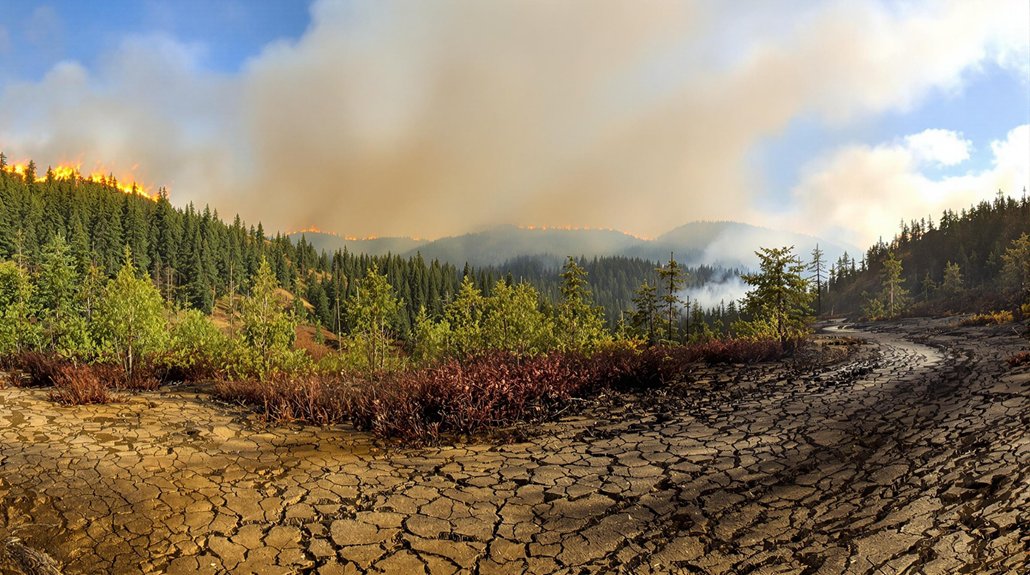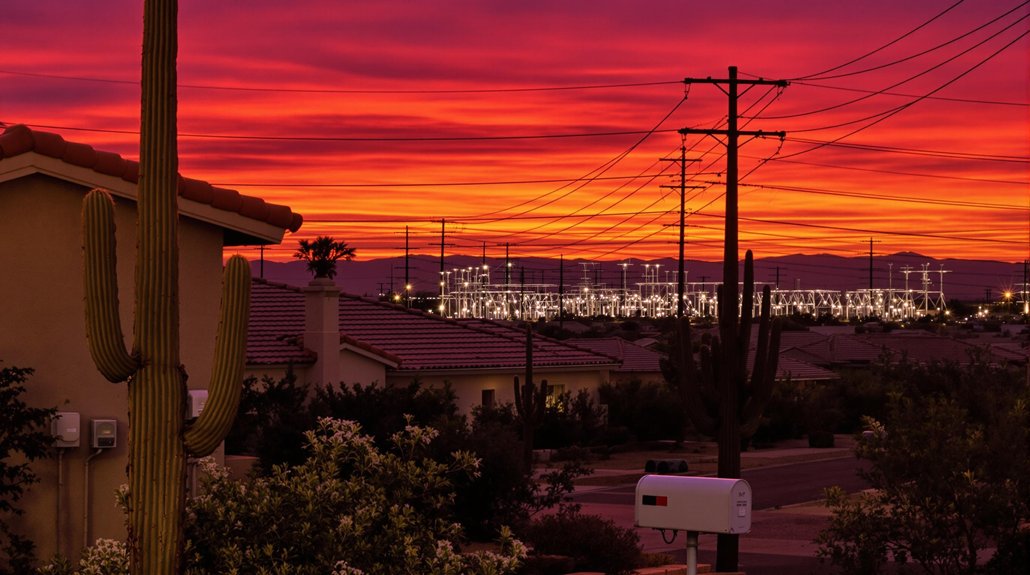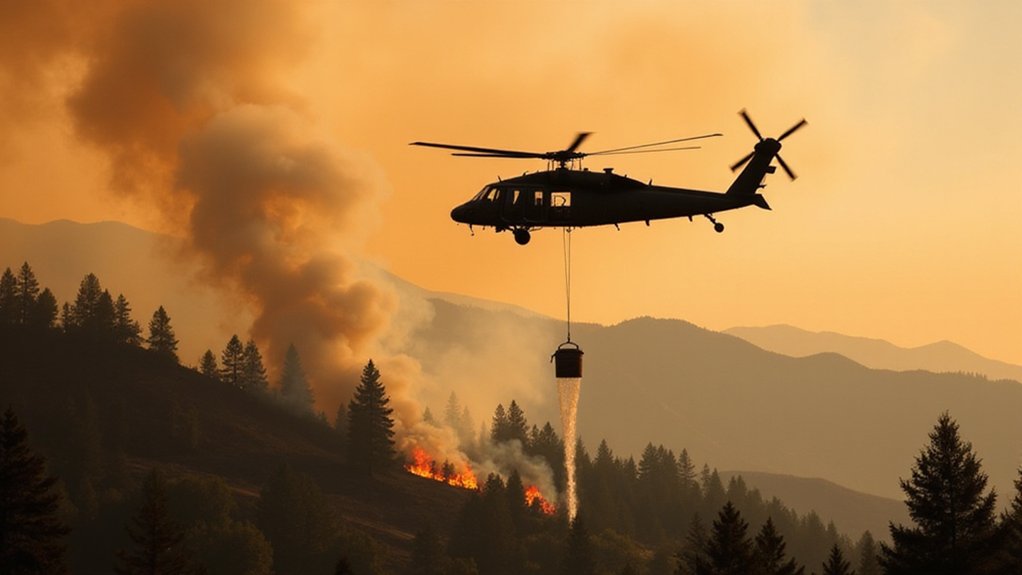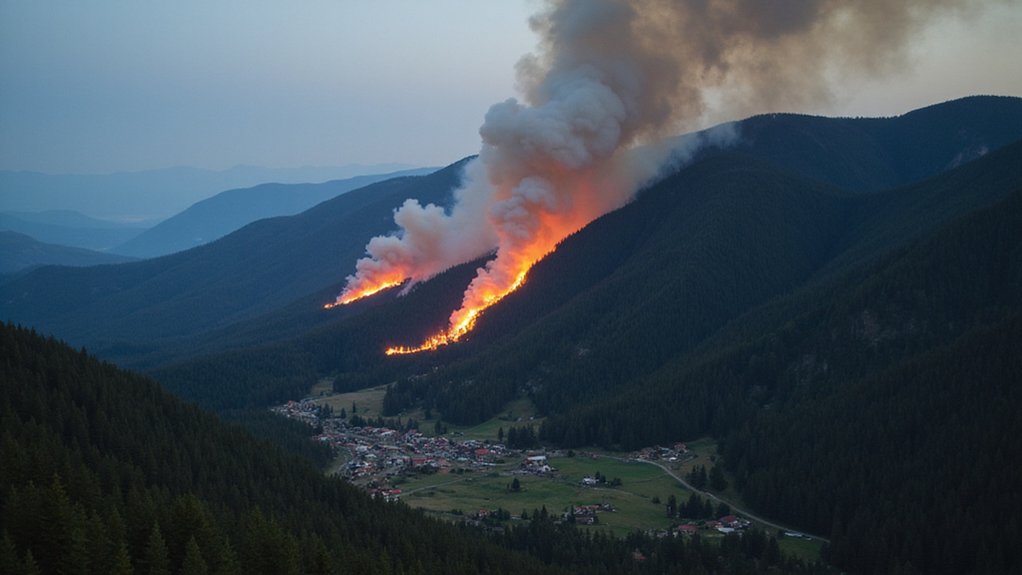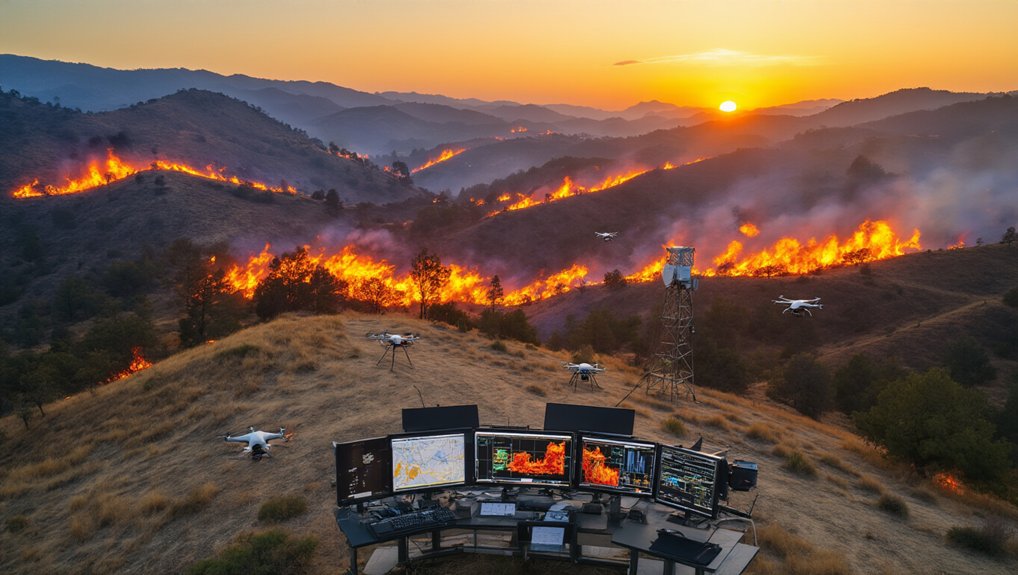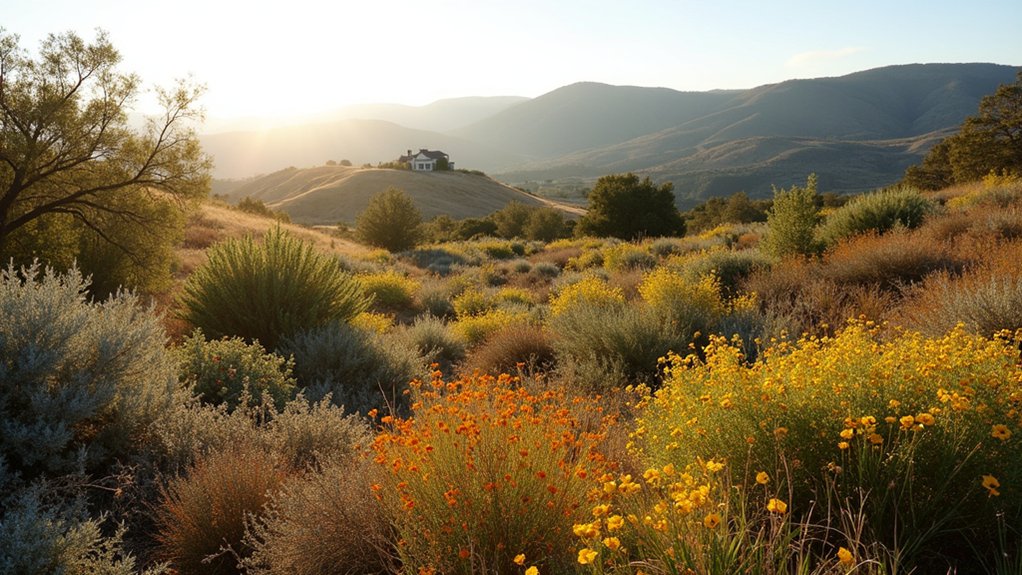While Washington state has long grappled with summer wildfires, the 2025 fire season has started with a vengeance, driven by record heat and dangerously low snowpack. The so-called “Evergreen State” is looking decidedly crispy these days, with Seattle nearly 5 inches below average rainfall. So much for being America’s soggy corner.
Climate experts aren’t painting a rosy picture either. The Climate Prediction Center forecasts hotter temperatures and less rainfall through September. Great news for sunbathers, terrible news for literally everyone else. The Department of Ecology has already expanded drought emergencies to additional counties, a bureaucratic way of saying “things are getting worse.” This pattern mirrors the ice-albedo feedback seen in polar regions, where environmental changes accelerate and amplify each other’s effects.
Scorching forecasts meet expanded drought emergencies. Translation: Pacific Northwest paradise is officially on backorder.
Fire season traditionally kicks off in July, but Mother Nature apparently didn’t check her calendar this year. Multiple significant fires ignited statewide in June, forcing officials to scramble resources earlier than usual. By August, the entire Northwest was forecast for above-normal fire risk – shocking absolutely nobody who’s been paying attention. The Red Bridge Fire near Cle Elum that burned 60 acres in early June was one of the first signs of unusually early fire activity.
The 2025 wildfire roster reads like a geography lesson gone wrong. The Bear Gulch Fire in Mason County scorched 5,126 acres. Stevens County’s Hope Fire burned 8,177 acres, making it one of Washington’s largest this year. The Western Pines Fire in Lincoln County claimed 5,781 acres, while Yakima’s Boundary Road Fire added another 1,210 acres to the tally.
These aren’t just statistics. Smoke from these infernos blanketed Seattle and Bellevue in August, turning breathable air into a luxury good. Public health advisories became as common as coffee shops. Meanwhile, forests, rangelands, and wildlife habitats continue to go up in smoke.
The culprits? Lightning strikes, human carelessness, and climate change forming a perfect firestorm. The persistent drought affecting nearly 45% of the western U.S. has created critically low moisture in vegetation throughout Washington state. Vegetation that grew abundantly after spring rains now sits like kindling, ready to ignite. Emergency responders have issued evacuation orders, closed highways, and shut down campgrounds.
Washington’s famous rain shield has developed some serious cracks. And in the battle between emerald and ash, ash is currently winning.
References
- https://en.wikipedia.org/wiki/2025_Washington_wildfires
- https://en.wikipedia.org/wiki/2025_United_States_wildfires
- https://www.axios.com/local/seattle/2025/06/09/washington-wildfire-season-early-risk-2025
- https://www.nifc.gov/nicc-files/predictive/outlooks/monthly_seasonal_outlook.pdf
- https://dnr.wa.gov/wildfire-resources/current-wildfire-incident-information
